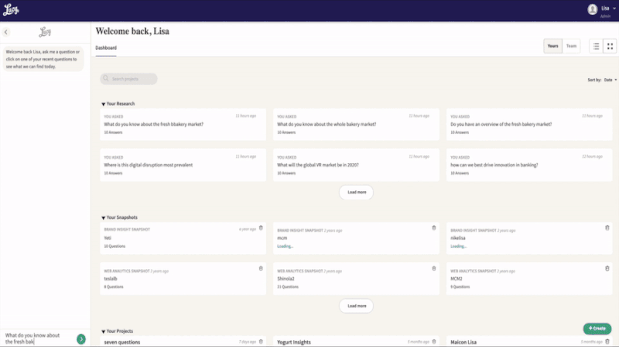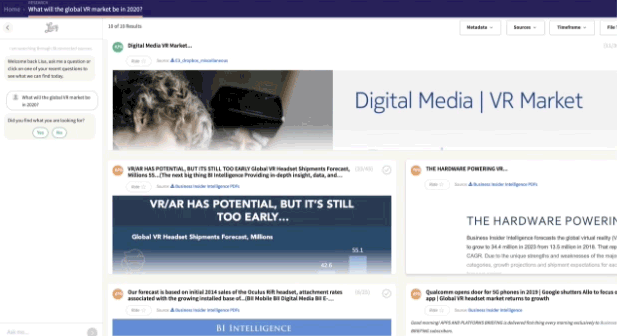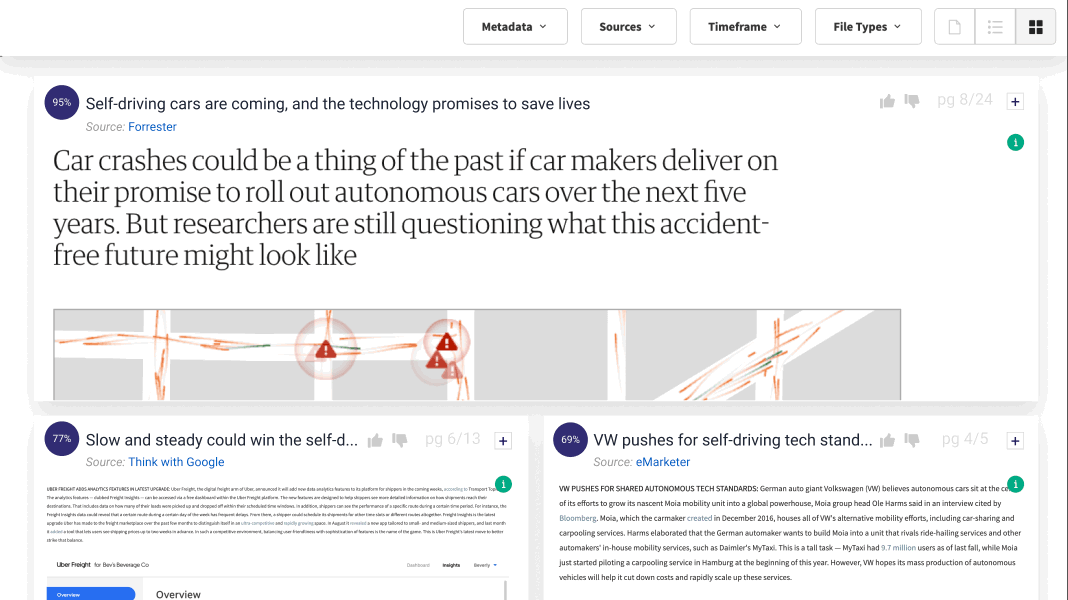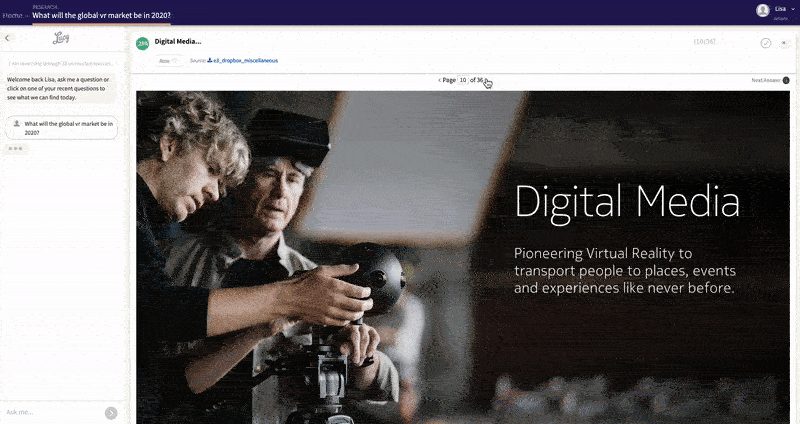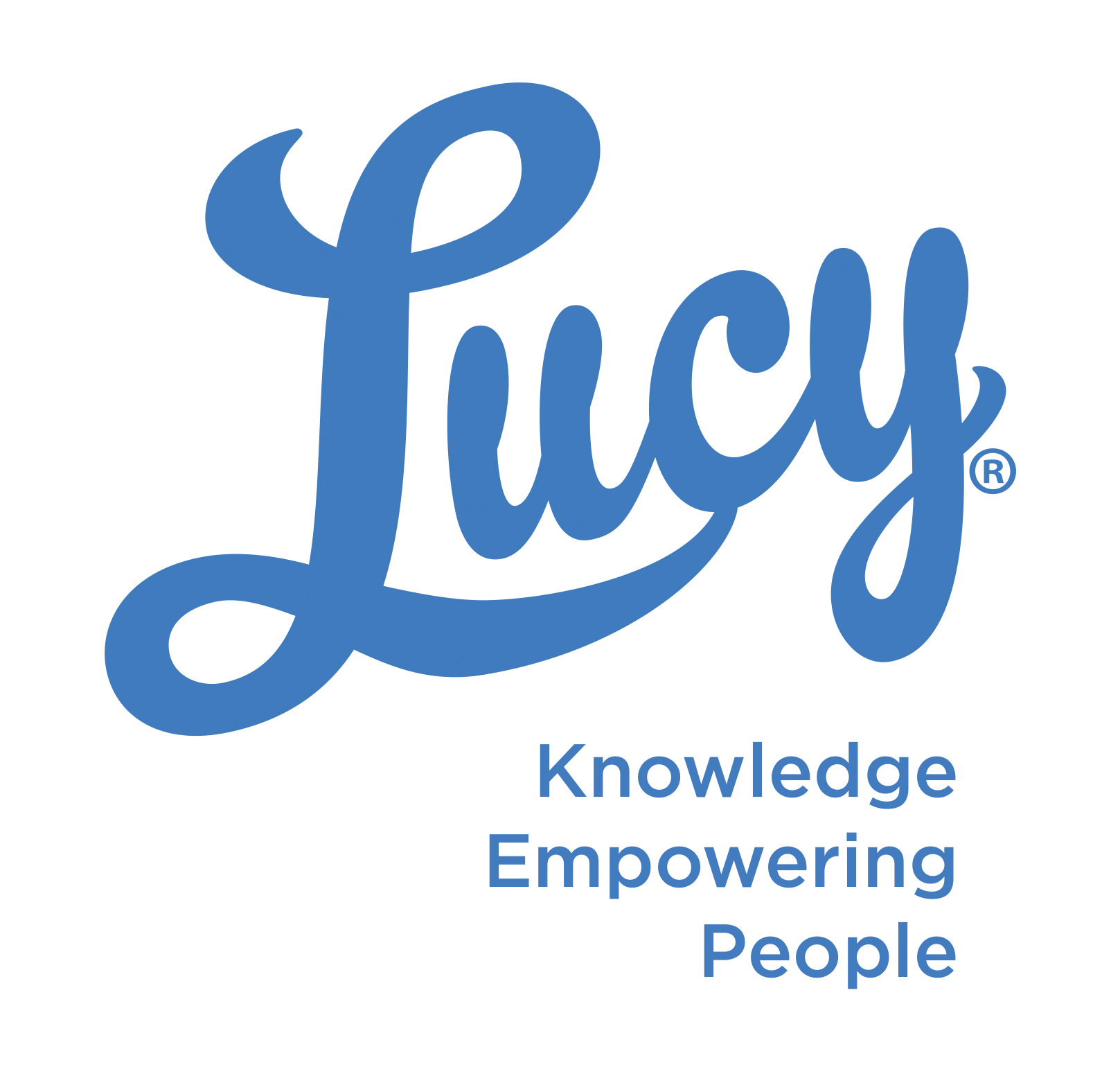When it comes to investing in AI, many businesses worry about missing out on the next big thing. It's like upgrading to the latest computer or smartphone, where there's always a fear that something amazing is right around the corner. Companies like Apple have established yearly cycles to ease consumer stress and make future purchases more predictable.
However, the pace of change in the AI realm is even more rapid. In the past year alone, we've seen numerous groundbreaking announcements and events, leading to a significant level of Upgrade Paralysis in the business world. The fear of upgrading too soon and missing out on the next innovation is a valid concern. Budgets are limited, and companies can only take on a certain number of technology initiatives. Mistakes in this fast-paced environment can have severe consequences.
Nevertheless, remaining stagnant and not embracing the latest AI advancements is not a feasible option either. The industry has been revolutionized by powerful AI models like OpenAI's LLMs. There are countless use cases where AI can provide companies with a competitive edge, boost efficiency, and enhance customer engagement. Historical evidence shows that older technologies struggle to compete with the future. Horse-pulled plows were replaced by tractors, manual assembly gave way to assembly lines, and early adopters of the internet left the stragglers behind.
So, how can businesses navigate this landscape and protect their investments in AI for the future? One option is to allocate IT and internal development resources to build custom systems, leveraging robust tools and frameworks provided by companies like Microsoft and OpenAI. However, it's important to note that this isn't a one-time endeavor. The rapidly changing tech cycle demands an ongoing commitment to building, upgrading, optimizing, iterating, and training users. The competition, whether through their own IT initiatives or collaborating with vendors, won't stay idle, and neither can you.
One option is to allocate IT and internal development resources to build custom systems, leveraging robust tools and frameworks provided by companies like Microsoft and OpenAI. However, it's important to note that this isn't a one-time endeavor. The rapidly changing tech cycle demands an ongoing commitment to building, upgrading, optimizing, iterating, and training users. The competition, whether through their own IT initiatives or collaborating with vendors, won't stay idle, and neither can you.
Another approach is to find the right partner who can keep your company at the forefront of the latest AI technology. Enterprise SaaS vendors, in particular, are well-suited for this role. They offer packaged solutions that have been developed over the years, along with a model of constant upgrades to ensure you always have access to the latest and greatest. If you hear about new innovations, you can simply approach your vendor and inquire about their plans to incorporate them into their platform. These vendors are driven by the need to satisfy their customers and are solely focused on improving their software and solutions for specific use cases.
For instance, Lucy®, an enterprise SaaS for Knowledge Management, serves as an Answer Engine® utilizing AI to provide knowledge from documents, structured data, and people. Companies like Lucy are in a perpetual race to improve and innovate, driven by the need to satisfy the evolving requirements of their diverse clientele. The competitive landscape fosters a Darwinistic environment where only the most adaptable and innovative solutions thrive. Customers and the industry as a whole benefit greatly from this relentless pursuit of progress.
To summarize, the AI landscape is currently going through generational changes. It is crucial for businesses to identify the appropriate use cases for their needs and promptly deploy this new technology. To future-proof your investment of time and capital, it is imperative to either find the right partner or establish a long-term commitment from your internal IT team. This ensures that you always have access to the latest innovations to support your most important needs.

